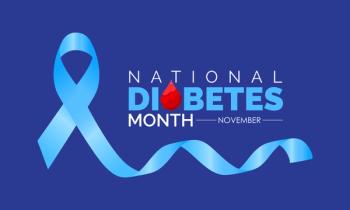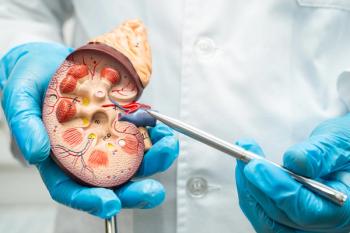
Many Nonsurgical Hospital Patients Receive Opioids
Opioid painkillers were given to more than half of nonsurgical US hospital patients, a study finds, with wide variations in prescribing rates among hospitals and notable variations based on region.
Opioid painkillers were given to more than half of nonsurgical US hospital patients, a study finds, with wide variations in prescribing rates among hospitals and notable variations based on region.
More than half of patients hospitalized for reasons other than surgery are given opioid painkillers, frequently at high doses, according to the results of a study that included more than 1 million admissions in 2009 and 2010.
The retrospective cohort study included 1,139,419 adult nonsurgical patients admitted to 286 US hospitals from July 2009 through June 2010. (This represented nearly 1 in 4 patients discharged from hospitals nationwide during this period.) The researchers found that opioids were used in 576,373 (51%) of patients, with an average daily dose of 68 mg in oral morphine equivalents.
Among patients who received opioids, 39% received a total daily dose of at least 50 mg, and 23% received a total daily dose of at least 100 mg. In addition, 43% of those who received opioids were given multiple opioids during their hospital stay, and 13% were given at least 3 different opioids. No data was available on the portion of patients who received opioid prescriptions on discharge, but 26% of all patients received opioids on the last day of their stay, suggesting that many continued to take the medications after leaving the hospital.
After adjusting for confounding factors, the researchers found that opioid use was more common in women than men, in those aged 25 to 54 compared with those older or younger, in Caucasians compared with those of other races, and in those with Medicaid or Medicare as their primary insurance. They also found significant regional variation in rates of opioid use. Compared with similar patients in the Northeast, opioid use was 26% more likely for patients in the Midwest, 33% more likely for patients in the South, and 37% more likely for patients in the West.
The portion of patients who received opioids in a given hospital ranged from 5% to 72%, although after adjusting for patient characteristics these rates ranged from 33% to 64%. Among all patients exposed to opioids, 0.60% experienced severe opioid-related adverse events. As a hospital’s opioid-prescribing rate rose, so did its relative risk of severe events; hospitals in the highest-prescribing quartile had a relative risk of 1.23 for severe opioid-related adverse events per patient compared with hospitals in the lowest-prescribing quartile. The researchers note that these findings suggest that “hospitals that use opioids more frequently do not do so more safely.”
Based on the results of their study, the researchers argue that hospitals should look into standardizing and increasing the safety of opioid use in their patients. In particular, they suggest, further studies should be conducted to determine the source of variations in opioid use levels by region and hospital.
Newsletter
Stay informed on drug updates, treatment guidelines, and pharmacy practice trends—subscribe to Pharmacy Times for weekly clinical insights.


















































































































































































































